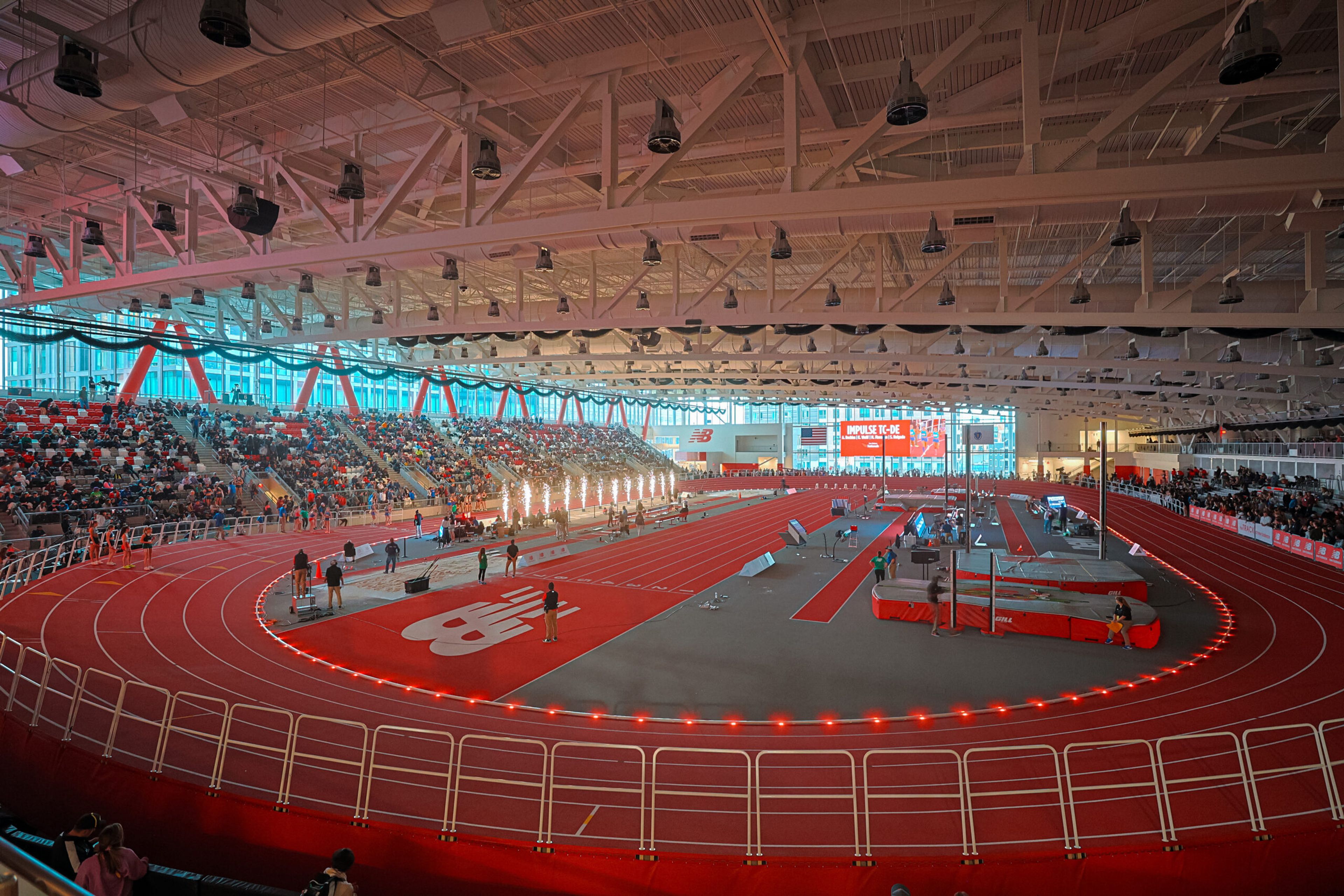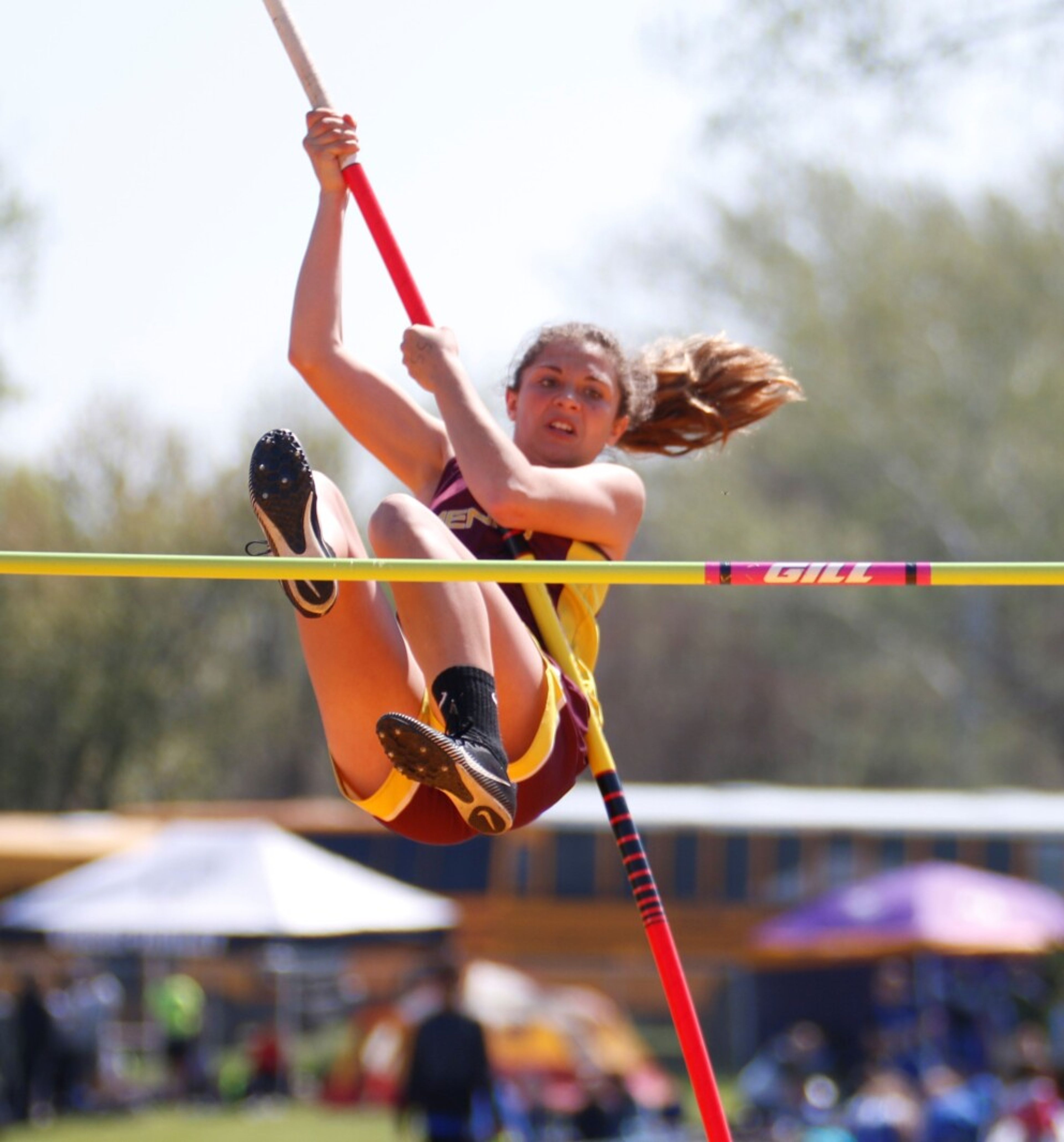The Ultimate 200m Dash Workouts & Training Guide
Discover 200m workouts and training with this year-round training guide. Discover strategies from top coaches to enhance speed, power, and endurance.
The Ultimate Year-Round 200m Training Guide for High School Athletes
Train Like a Champion on the Curve and Beyond
The 200m sprint is the perfect blend of speed, power, and strategy. To master it, athletes must combine the explosive acceleration of the 100m with the speed endurance needed to sustain top velocity through the curve and into the final stretch. This guide is your ultimate roadmap to dominate the 200m, whether you're a seasoned sprinter or just stepping onto the track.
This year-round training program is packed with actionable insights and proven strategies inspired by legendary coaches. By following this guide, you'll be prepared to execute every phase of the race with precision and confidence.
Why Training for the 200m Requires Strategy and Grit
Unlike the 100m, the 200m introduces a curve that challenges biomechanics and requires advanced race strategy. Success in the 200m comes down to mastering acceleration, conserving energy through the curve, and unleashing your full potential in the home stretch.
Mental Edge:
- “You don’t run the 200m flat out—you run it smart. You attack the curve with control, and you dominate the straightaway with heart.” – Clyde Hart
Off-Season Training (November-February): Building the Foundation
Goals
1. Build a strong base of speed endurance and conditioning.
2. Enhance strength and power for explosive starts and sustained speed.
3. Develop efficient biomechanics for curve running.
Weekly Training Structure
Monday: Power and Acceleration
- Warm-Up (20 minutes): 800m light jog.
- Dynamic Drills: A-skips, B-skips, high knees, and leg swings (2 x 20m each).
- Main Workout:
- Acceleration Sprints: 6 x 30m from a 3-point start, focusing on explosive power. Rest 2 minutes.
- Hill Sprints: 8 x 40m at 90% effort, walk down for recovery.
- Curve Sprints: 5 x 100m starting on the curve, focusing on maintaining posture and stride rhythm.
- Strength Training:
- Squats: 4 x 8 (progressive overload).
- Deadlifts: 4 x 6.
- Bulgarian Split Squats: 3 x 10 per leg.
- Med Ball Slams: 3 x 12.
Tuesday: Speed Endurance
- Warm-Up (15 minutes):
- 400m jog followed by sprint drills.
- Main Workout:
- Tempo Runs: 8 x 150m at 75% effort with 2 minutes rest.
- Sprint Ladder: 300m, 200m, 150m, 100m at 80% effort. Rest for 3 minutes between reps.
Mental Focus: Push through the lactic acid build-up in longer sprints. This builds the resilience needed for the final 50m of your race.
Wednesday: Recovery and Mobility
- Pool Workout (Optional):
- Swim laps at a moderate pace for 20 minutes.
- Water jogging (2 x 5 minutes).
- Mobility Routine:
- Foam rolling for quads, hamstrings, calves, and back (10 minutes).
- Static stretches targeting hip flexors and hamstrings.
Thursday: Strength and Speed Mechanics
- Main Workout:
- Wicket Drills: 4 x 20m with hurdles to improve stride rhythm.
- Flying 20s: 6 x 20m with a rolling start at 95% effort.
- Curve-Specific Drills: Sprint the first 100m of the curve at 90%, jog 100m, and repeat for 6 reps.
- Strength Training:
- Bench Press: 4 x 8.
- Weighted Step-Ups: 3 x 12 per leg.
- Pull-Ups: 3 sets to failure.
Key Off-Season Mental Preparation
- Visualize running the perfect 200m curve. Close your eyes and imagine yourself exploding out of the blocks, maintaining form on the bend, and powering through the finish.
- Write down your goals for the season and revisit them weekly to stay accountable.
Pre-Season Training (February): Sharpening Your Skills
Goals
1. Transition from general conditioning to race-specific training.
2. Focus on acceleration, the curve phase, and maintaining speed through the straightaway.
3. Safely increase intensity to peak in the competitive season.
Weekly Training Structure
Monday: Acceleration and Explosiveness
- Warm-Up: Sprint drills, dynamic stretches, and block starts (4 x 10m).
- Main Workout:
- Sled Pushes: 8 x 20m with moderate weight.
- Block Starts: 6 x 40m with focus on reaction time and first 30m.
- Flying 30s: 6 x 30m at 95% effort.
Tuesday: Curve Mastery
- Main Workout:
- Curve Sprints: 5 x 150m, starting at race pace through the bend and easing into the straightaway.
- Curve-to-Straight Transition: 6 x 120m focusing on a smooth transition from curve to straight.
Tip: Imagine your inside shoulder "leaning into" the curve for better balance and control.
Saturday: Long Repeats and Endurance
- Main Workout:
- 4 x 300m at 80% effort with 4 minutes rest.
- 6 x 200m at 85% effort with 3 minutes rest.
In-Season Training (March-May): Peaking for Competition
Goals
1. Refine race execution.
2. Taper training intensity for peak performance.
3. Manage recovery during meet-heavy weeks.
Weekly Training Structure
Monday: Speed Maintenance
- Warm-Up: Dynamic stretches, block starts, and 2 x 50m accelerations.
- Main Workout:
- 6 x 150m at 90% effort. Rest 3 minutes.
- Light gym session: Squats, deadlifts, and pull-ups at 50-60% intensity.
Thursday: Pre-Race Prep
- Main Workout:
- 3 x 100m sprints at race pace. Rest 5 minutes.
- Practice block starts and first 50m of the race.
Mental Focus: Picture your race in detail. Visualize every phase—the start, the curve, and the finish.
Race-Day Strategies
1. Attack the first 50m with control. Don’t burn out early.
2. Lean into the curve and maintain stride rhythm.
3. Drive hard into the straightaway but stay relaxed for maximum speed.
Final Words from Coach
The 200m sprint demands a unique combination of strategy, endurance, and mental toughness. By committing to this year-round program, you’ll develop the strength, speed, and mindset to dominate your competition. Remember, champions aren’t made in the spotlight, they’re built in the grind of practice. Now go get it!








